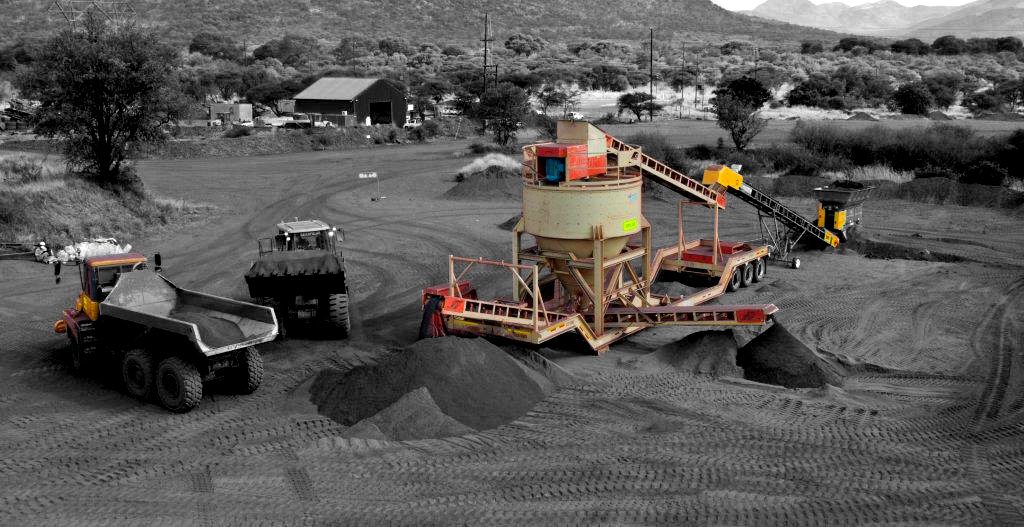With current cost pressures on mines in South Africa and elsewhere, the role of procurement officers in saving unnecessary expenditure has become vitally important. Procurement officers are being increasingly relied upon to save money for the mine, according to SPH Kundalila Group Commercial and Operations Manager Graeme Campbell. He suggests a few practical ways in which these individuals can do this while achieving optimal results from their purchases.
Firstly, says Campbell, procurement officers must know when and how to negotiate. This begins with learning more about every aspect of mine procurement that they are required to control. While not being expected to be experts in every field, they can learn a lot by sitting down with contractors and service providers to gain insights into the work that is to be done.
“Suppliers can actually be important assets that many procurement officers fail to tap into,” he says. “Contractors like SPH Kundalila, for instance, have decades of experience and have acquired expert knowledge of the field they function in, from industry costs and new products right through to insights into important role players in the sector and the pioneering technology available.”
Armed with this kind of industry knowledge, procurement officers can negotiate more beneficial and cost saving contracts with better levels of service provision.
The second way to ensure good value for mine expenditure is to define an accurate scope of work, says Campbell. “A tender bid can be a daunting and time consuming process, and more time can be lost when trying to compare contractors’ quotations when the scope is too vague,” he says. “The answer is to start off a tender process by stating exactly – and in detail – what the scope of the work will be. Getting contractors to quote according to these specifications will makes comparisons easier, and expose any hidden costs.”
Issuing a clear and detailed tender will also serve as a ‘dry run’ to gauge a contractor’s quality of service, he argues. Experienced companies, such as SPH Kundalila, have trained personnel and support teams who understand the tender’s requirements, and can quickly clarify any point of a quote or contract.
Thirdly, urges Campbell, draw from the expertise inside your own company. He says the bidding process is really an opportunity for all the mine’s departments to find the best possible contractors for their purposes.
“Bringing the input together from colleagues and department heads during a bidding process requires strong, trusting relationships between them,” he says. “Procurement officers should invest time in building these relationships with other departments, as colleagues may know of affordable service providers in the market that procurement officers are unaware of.” A unified approach motivates all departments – and even contractors – to work together for the greater good of the mine.











